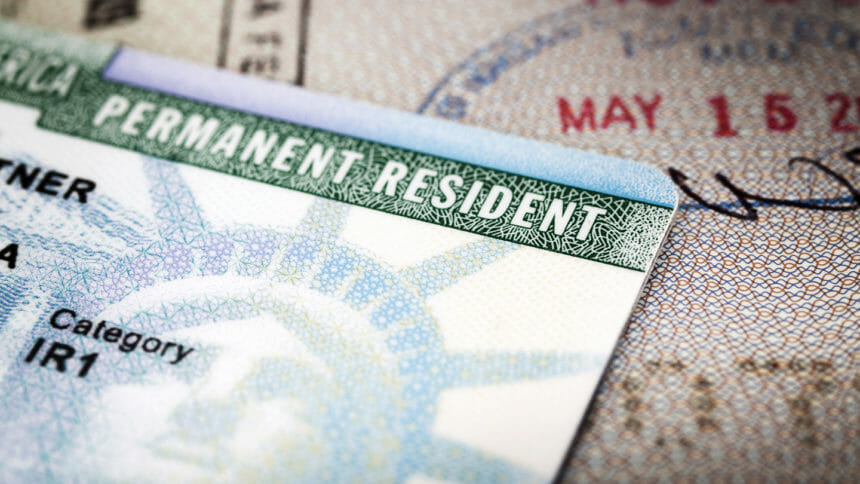
Canada is turning to immigration in a big way to fill jobs left unfilled by its citizens. Could there be a lesson for the United States?
Immigration accounts for almost 100% of Canada’s labor force growth, according to the country’s government. It released a plan in November that “embraces immigration as a strategy to help businesses find workers and to attract the skills required in key sectors — including healthcare, skilled trades, manufacturing and technology.” The plan aims to add 1.45 million immigrants to the workforce by 2025.
“Immigration is not something that we do in Canada — it’s who we are,” Sean Fraser, minister of immigration, refugees and citizenship, stated in December. “Over the past year, we’ve now increased our ambition when it comes to immigration levels. We’re now seeking, by 2025, to welcome 500,000 new permanent residents to this country.”
Meanwhile, US Citizenship and Immigration Services already has received enough petitions to meet the congressionally mandated H-2B cap for the first half of fiscal year 2023 for foreign workers starting on or before March 31, the agency announced last week.
Long-term care provider advocacy groups in the United States have encouraged targeted immigration reform that they say could greatly help alleviate the ongoing challenge of filling long-term care staff openings. Skilled nursing, assisted living and home health providers have been pushing various policy reforms, such as increasing workforce visas in the immigration system, boosting capacity in education and jobs programs, promoting long-term care careers in high schools, and getting licensing agencies to be quicker and more efficient.
In a December letter to congressional leaders, LeadingAge President and CEO Katie Smith Sloan said that the long-term care workforce is in a crisis due to a shortage of direct care workers that must be addressed immediately.
“…there are balanced immigration reform policies that could be enacted this year that can help to bring immediate relief to older adults and the aging services workforce,” Sloan wrote.
USCIS announced last month a strategic plan for increasing access to the nation’s immigration system that left the senior living advocates wondering if the plan goes far enough.
Jeanne McGlynn Delgado, vice president of government affairs at the American Seniors Housing Association, previously told the McKnight’s Business Daily that the current system provides “no viable visa category for the front line, essential workers in our senior living communities; i.e., caregivers, dining staff, housekeepers, nurses aides, etc.”



